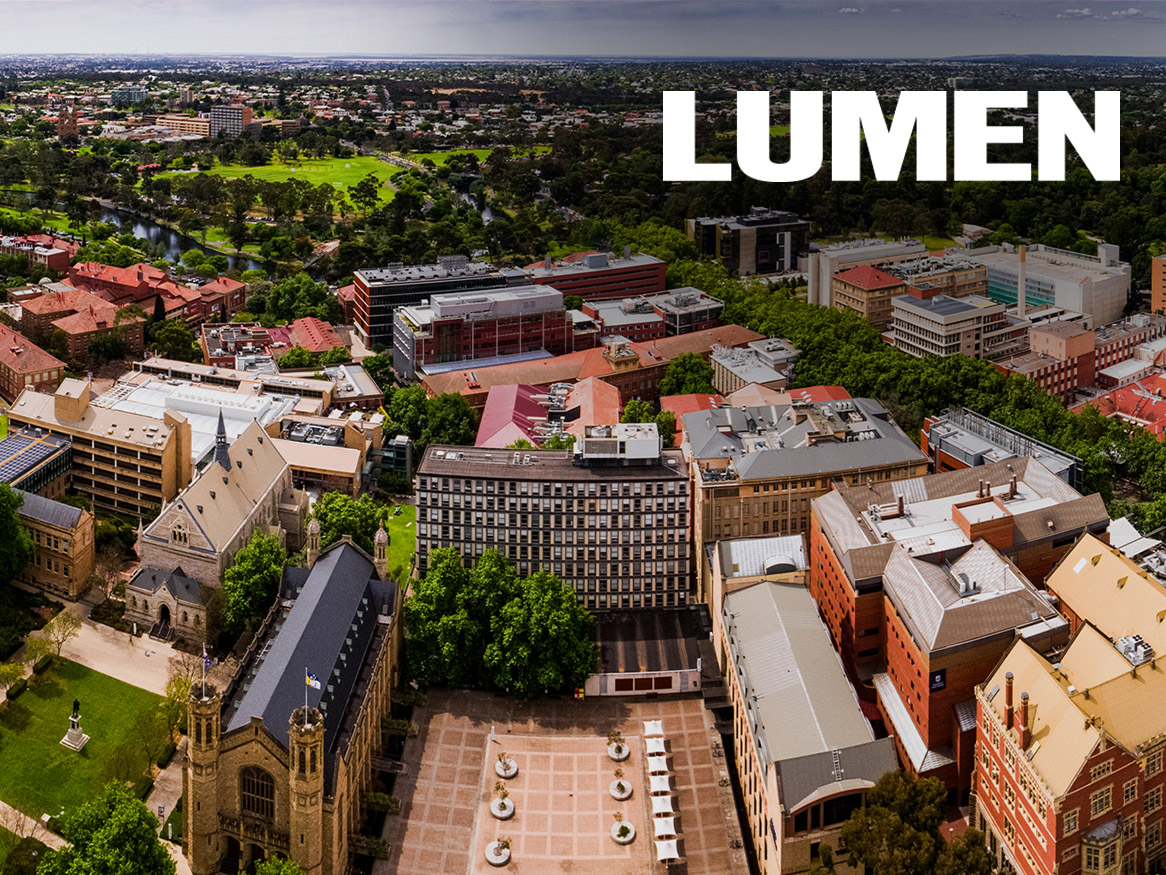Tasmanian Tiger extinction mystery

Dr Jeremy Austin and a mounted specimen of a baby thylacine, or Tasmanian Tiger.
Full Image (137.32K)
Wednesday, 27 June 2007
A University of Adelaide project led by zoologist Dr Jeremy Austin is investigating whether the world-fabled Tasmanian Tiger may have survived beyond its reported extinction in the late 1930s.
Dr Austin from the Australian Centre for Ancient DNA is extracting ancient DNA from animal droppings found in Tasmania in the late 1950s and '60s, which have been preserved in the Tasmanian Museum and Art Gallery.
"The scats (droppings) were found by Eric Guiler, Australia's last real thylacine expert, who said he thought it more probable they came from the Tasmanian Tiger rather than a dog, Tasmanian Devil or quoll," Dr Austin said.
The Tasmanian Tiger, or thylacine, was widespread in Tasmania when European settlers arrived in 1803. Resembling a large, long dog with stripes, a heavy stiff tail and big head, the thylacine was the world's largest marsupial carnivore at the time of its extinction in 1936 when the last one in captivity died in Hobart Zoo.
"If we find thylacine DNA from the 1950s scats it will be significant," Dr Austin said. "The last Tasmanian Tiger killed in the wild was in 1918, so there's a 20-year gap between a wild sighting and one in captivity. It's a long shot that they were still around in the 1950s, but we can't rule it out at this stage."
Dr Austin is also extracting DNA from bones of both the Tasmanian Tiger and Tasmanian Devil found on mainland Australia. Scientists believe the Tiger lived on the mainland 2000 years ago and the Devil 500 years ago.
"The DNA may be able to reveal they were different species to the Tasmanian animals, although it's unlikely. It's only been 10,000 years since Bass Strait flooded and Tasmania was separated from the mainland. That's not a long period of time in evolutionary terms.
"The main reason people think they may have been different species is that the Tasmanian Tiger was much bigger than its mainland cousins. That's not surprising given the climate because the colder the environment, the larger the animal."
Dr Austin is working in collaboration with Oliver Berry from the University of Western Australia, another zoologist who is extracting ancient DNA from scats in Tasmania to find evidence of foxes.
Contact Details
Email: jeremy.austin@adelaide.edu.au
Deputy Director
Australian Centre for Ancient DNA
University of Adelaide
Business: +61 8 8313 4557
Mobile: +61 0404 198 493
Mr David Ellis
Email: david.ellis@adelaide.edu.au
Website: https://www.adelaide.edu.au/newsroom/
Deputy Director, Media and Corporate Relations
External Relations
The University of Adelaide
Business: +61 8 8313 5414
Mobile: +61 (0)421 612 762







